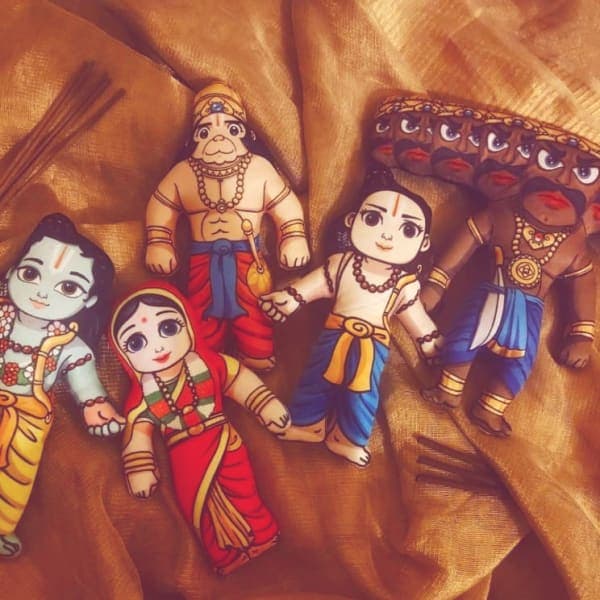Nadhabindhu Upanishad
It is one of twenty Yoga Upanishads in the four vedas. It is also known as Amrita Nanda Bindu Upanishad. The text exists in two significantly different versions, the North Indian and the South Indian. These manuscripts are respectively attached to the Atharvaveda, or to the Rigveda. The text is composed in poetic verse style. The text, in both versions of the manuscripts, opens with a metaphorical comparison of Atman (soul, self) as a Hamsa bird (swan, goose), comparing both to the Om symbol and the Samkhya theory of three Gunas. It asserts that true Yoga involves meditation and renunciation from all attachments to the worldly cravings. Dharma states the text, is a requirement for a Yogi life, and it is notable for describing Om symbol with twelve moras instead of three and half moras commonly found in ancient Indian literature. The yogin contemplates on Omkara, asserts the text, as Hamsa, in twelve Kalas or variations of the four matras (intonations). The variation is produced by the three svara (note on the musical scale), namely Udatta, Anudatta and Svarita. The twelve Kalas, according to Nadabindu text, are Ghosini, Vidyunmali, Patangini, Vayuvegini, Namadheya, Aindri, Vaishnavi, Sankari, Mahati, Dhriti, Nari and Brahmi. The manuscripts of Nadabindu discovered in different parts of India, partially vary in this list. For example, the Calcutta version differs from Poona edition by replacing Dhriti with Dhruva, and Mauni for Nari. The text suggests that a yogin should contemplate and be absorbed in the Om with these Kalas, as it leads one to knowledge of Atman or Self, helps him overcome three types of Karma. The text refers to the Vedanta theory of Ajnana (ignorance) as the cause of bondage, suggesting that a yogin should listen to his inner voice in Siddhasana.
Chapter Description Not Available
Help us improve by contributing the description for this chapter.
Submit via WhatsApp...




